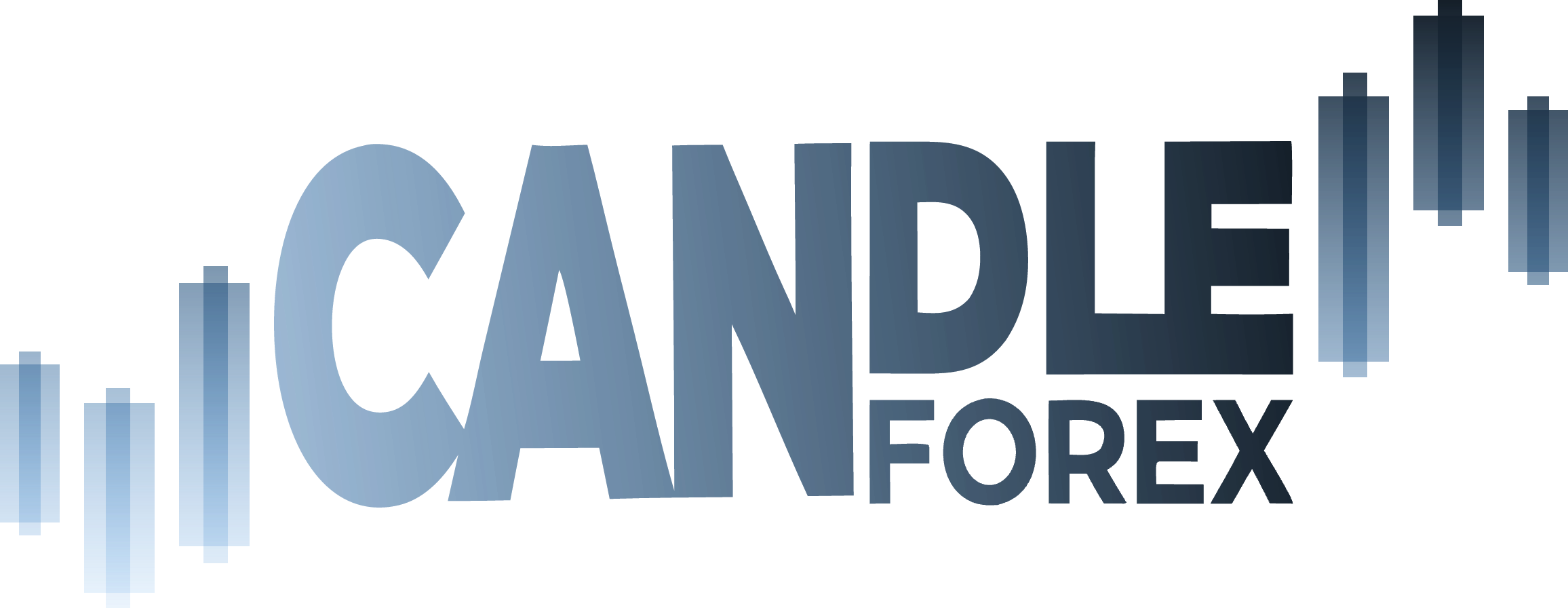
Index CFDs have now become perhaps the most potent instrument aiding modern-day traders to index a particular channel of global equity market trends. A client holding a CFD would thus speculate on upward or downward stock prices or perhaps even enact an opposite hedge, holding no rights over the stock itself. This book explains how traders can navigate, use, and attempt to profit from the index CFDs in the ever-changing markets of 2025.
What Are Index CFDs?
Index CFDs are derivative instruments that attempt to track the price movement of a certain stock index, say the S&P 500, DAX 40, or Nikkei 225. Instead of purchasing shares of the companies in the index, one speculates on the movement of the index generally, upward or downward. This makes them suitable for traders who want to work on macroeconomic trends without being exposed to stock-size fluctuations.
How Does Index CFD Work?
An index CFD is designed to track the real-time price of an index, allowing traders to go either long or short, depending on their market perspective. Index CFD profit or loss is the difference between the index price at the time of opening and closing of the contract multiplied by the contract size.

The Underlying Index Mechanism
Index CFD is a henceforth value consequent to its underlying index, which is in many cases a basket of equities in a particular sector, region, or market capitalization category. New adjustments keep these indices in judgment of market relevance.
Contract Specifications and Leverage
Different CFD brokers have varying terms as to the minimum trade size, the value of a contract, and leverage offered; for instance, to trade the NASDAQ 100, the minimum size might be 0.1 contracts, and the leverage would be anywhere from 1:10 to 1:50, depending on the regulation and the type of account.
Margin Requirements
Traders must maintain a minimum deposit, accepted as margin, to open and hold a position. This margin varies according to the volatility of the index, broker restrictions, and regulatory limits. Falling below margin requirements would give rise to a margin call or liquidation.
How Are Index Values Calculated?
Understanding what determines an index calculation can facilitate more informed interpretations of the index’s movements. Not all indices are set up the same way, and the method of calculation can change how sensitive the index is toward the movements of its components.
Price-Weighted
So-called price-weighted indices put more weight on those shares of stocks with high prices. Strangely enough, this gives the index’s performance more emphasis on the shares that fetch high prices, regardless of the company’s size.
Market Capitalization Price Weighting
All the big indices of the world are capitalized and thus weighted-may larger companies carry greater influence in representing actual market trends.
Equal Weighting and Other Approaches
Some other configurations might be applying equal weighting to constituents whereby each stock has an equal influence. Yet others rely on customized formulas or factor-based approaches that might give weight to dividend yield, volatility, or momentum.
Advantages of Trading Index CFDs
Trading index CFDs offer several strategic advantages, particularly for those seeking diversified exposure and efficient capital deployment.
Leverage and Capital Efficiency
With CFDs, traders can control a large position with a relatively small upfront investment. This level of leverage means potential gains are large but so are potential losses. Therefore, capital management is of utmost importance.
Diversification Across Markets
By following a bunch of companies, indices reduce risks inherent to a particular stock. Fight on International Indices CFDs tend to spread this diversification across economies and sectors.
Portfolio Exposure Hedging
Index CFDs can be used as hedges. For example, an investor holding tech stocks might short the NASDAQ 100 CFD to cover the downside risk without having to sell out of the portfolio.
Accessing Global Markets
From London to Tokyo, CFDs serve as a tool to access major indices around the clock. This flexibility allows traders to quickly react to current geopolitical events, earnings seasons, or economic releases all over the world.
Risks and Considerations
Index CFDs offer many benefits but other notable issues need to be thought of.
Risk of Market Volatility and Leverage
The same leverage that worked in favor of profits can spell losses for traders. Sudden price swings can cause tremendous amounts of volatility, leaving traders completely unprepared.
Margin Calls and Liquidation
If market movements go against your position and the lowest levels of your margin go below the maintenance margin, a broker may call you for additional margins or liquidate your position immediately at a loss.
Counterparty Risk and Costs
Since CFDs are OTC products, traders are faced with counterparty risk-that is, the risk of the broker defaulting. Extra costs become much more exorbitant through spreads, commissions, and overnight swap fees.
The Trading Strategies for Index CFDs
More often than not, success in trading index CFDs depends on having a set strategy that fits prevailing market conditions and personal risk appetite.
Trend Following and Technical Analysis
This method deals with spotting an ongoing trend with indicators such as moving averages, RSI, MACD, etc. The trader tries to stay with a trend till the momentum dies down.
Range Trading and Breakout Techniques
When indices trade within a range, traders look for support and resistance levels to enter short-term positions. Breakouts beyond these zones can signal the start of new trends.
News-Based and Event-Driven Approaches
Major events such as interest rate decisions, employment data, or geopolitical developments can significantly influence indices. Traders often react quickly to these announcements.
Risk Management Best Practices
Risk management is vital. This includes setting stop-loss and take-profit orders, not overleveraging, and continuously reviewing positions. Diversification also limits exposure to any single event.
Choosing the Right Broker and Platform
Not all brokers offer the same quality of service, tools, or regulatory safeguards. Choosing the right one can impact your trading experience and outcomes.
Regulatory and Safety Considerations
Opt for brokers regulated by reputable authorities such as the FCA (UK), ASIC (Australia), or CySEC (Europe). Regulation ensures transparency, fair pricing, and fund protection.
Platform Features and Tools
A good platform offers fast execution, intuitive design, and robust analytical tools. MetaTrader 4/5, cTrader, and proprietary broker platforms often include built-in charts, news feeds, and automated trading features.
Spreads, Commissions, and Fees
Low trading costs can significantly affect profitability over time. Look for tight spreads, low commissions, and transparent overnight fees. Some brokers offer zero-commission trading with wider spreads.
Getting Started with Index CFDs
Starting with index CFDs is straightforward but requires thoughtful preparation and ongoing education.
Account Setup and Requirements
Open an account with a licensed CFD broker, complete identity verification, and fund your account. Some brokers may ask about your trading experience to ensure suitability.
Demo Trading and Practice Accounts
Most platforms offer demo accounts with virtual funds. Use these to practice strategies and get familiar with the interface before risking real capital.
Placing Orders and Managing Positions
Basic order types include market, limit, and stop orders. Traders must monitor positions, adjust stops, and react to changing conditions to protect profits and limit losses.
Case Studies and Examples
Real-world scenarios highlight how index CFD trading works across regions and market conditions.
US Index CFDs in Action
During earnings season, the S&P 500 may exhibit increased volatility. A trader expecting strong tech earnings might go long on the index and benefit from sector-led rallies.
European and Asian Index CFDs Scenarios
Uncertainty surrounding ECB rate policy could influence the DAX. In Asia, the Nikkei 225 might respond to currency fluctuations or central bank decisions, offering short-term trading opportunities.
Advanced Topics and Innovations
The landscape of index CFD trading continues to evolve, with new technologies and strategies emerging.
Algorithmic Approach with Index CFDs
Automated trading systems can identify technical patterns and trade according to set rules, responding faster than any human tradesman could. A growing number of retail investors have access to these trading tools.
Integrating CFDs into Multi-Asset Strategies
CFDs complement other asset classes, namely commodities, currencies, or bonds. An approach based on multi-asset encourages the modulation of risk and harmonizes returns over various market cycles.
New Trends in the Index CFD Markets
ESG investing, AI-based trading, and tokenized indices: all these themes constitute new opportunities for the CFD market. Brokers are increasingly involved with thematic indices and smart beta products.
Summary and Going Forward
Index CFDs provide a flexible way to trade whole markets without transferring ownership of the underlying assets. They are popular among investors for their broad exposure and ability to support diverse trading strategies.
However, trading these products requires skill, discipline, and good risk management. Leverage can increase potential gains, but also amplifies losses. Market gaps overnight and index-specific events can pose significant risks, especially for beginners.
In summary, while index CFDs offer many advantages, it’s crucial to approach them carefully, focusing on proper risk control and understanding market dynamics to avoid substantial losses.
Frequently Asked Questions
What Is the Minimum Capital to Trade Index CFDs?
Some brokers may permit trades starting from $100, although an amount around $500 or $1,000 is more realistic for trading with limited risk.
How Do Dividend Adjustments Affect Index CFDs?
If a component of the index issues a dividend, long holders in CFD will get an adjustment, whereas short holders might be drafted.
Can Losses Exceed Deposits?
Yes, in extreme cases. While a number of brokers offer negative balance protection, traders themselves should exercise stop-losses to avoid having huge drawdowns.
Strategies Suitable for Beginners?
Generally more straightforward than complex arbitrage or news-based strategies is trend-following with clear-cut entry and exit rules. In the beginning, try using a daily chart to keep things simple.
How Do I Track and Adjust My Positions Over Time?
Utilize technical indicators, economic calendars, and sentiment measures. Periodically reevaluate your position in respect of market developments and risk parameters.
